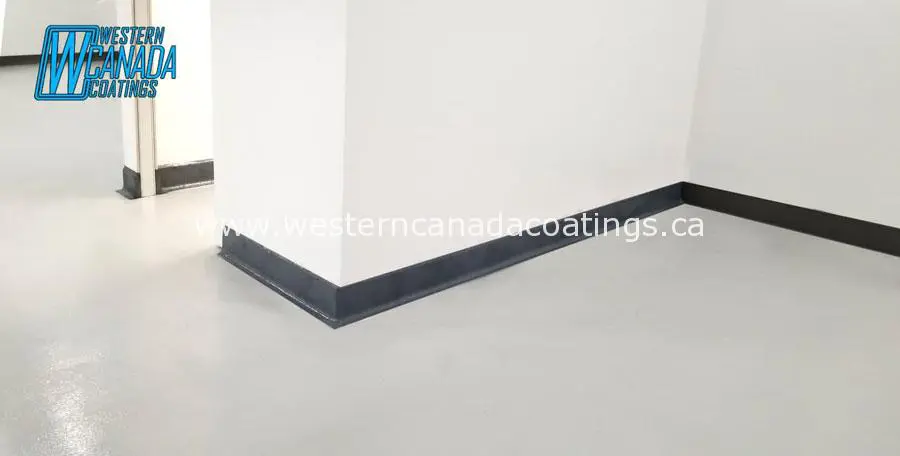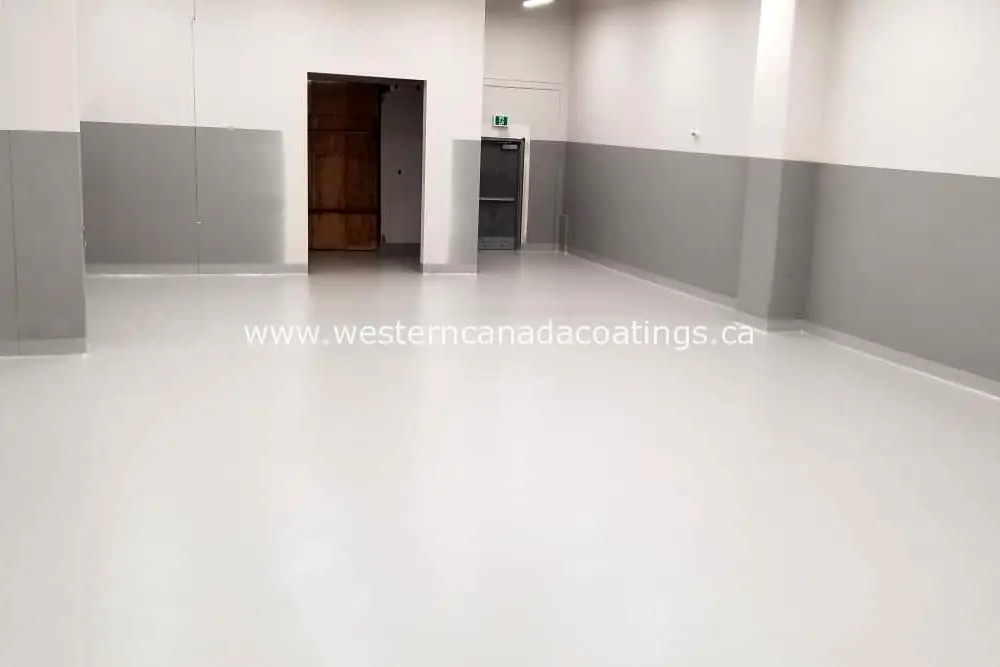Polyurethane sealant is a single-component elastomeric sealant that dries at humidity and at room temperature. This sealant can be used for sealing and glueing. So it can be said that polyurethane sealant is used as a sealant. The most important reason or feature that makes polyurethane sealant widely used is its good elasticity and at the same time the sealant strength of polyurethane sealant on different surfaces. Polyurethane sealant has good resistance to impact, vibration and vibration. In addition, the mechanical strength of this adhesive is much higher compared to silicone.
When it comes to sealing, polyurethane sealant is the first choice after silicone sealant, or aquarium glue and universal silicone glue. Although both of these perform the sealing operation well and are resistant to moisture, heat and water, they also have good elongation. But there are many differences between polyurethane and acidic silicone sealants. One of the differences is that polyurethane sealant is organic and natural, while silicone sealants and adhesives are inorganic. Due to the organic nature of polyurethane sealant, these sealants are less durable compared to some quality silicone sealant. For example, the shelf life of polyurethane mastic is between 5 to 10 years (depending on the manufacturer of polyurethane sealant and materials and formulations), but the shelf life of sealants and silicone adhesives is twice this amount.
What is Polyurethane Sealant?
Polyurethane sealant was first discovered in 1937 by a man named Otto Bayer in Germany. Polyurethane adhesive, or PU adhesive for short, is a type of polymer that consists of a chain of organic materials attached to urethane or carbamates and is used in various applications such as industrial applications, recreational tools, handicrafts, etc.
There are different types of polyurethane adhesives, one of which can be used as a sealant or putty, or its jelly form is often used in the construction or repair of boats or light aircraft. Other types of polyurethane adhesives are used in carpentry, metalworking and masonry, and construction types of polyurethane adhesives are used in composite floors, floors and concrete.
This product is mainly used for sealing and sample joints and is very suitable for spaces that are exposed to moisture.
Flexible polyurethane adhesive has very good properties that have a great impact on the durability and performance of materials and is used in places with frequent and frequent vibrations.
Features and benefits of polyurethane sealant:
- Very high adhesion to different surfaces
- Resistance to moisture and various weather conditions
- Resistant to corrosive agents
- High flexibility
- Maintain stability at high temperatures
- Resistant to sunlight
- It has the property of painting and sanding

Types of Single Component Polyurethane Mastic:
1) Self-leveling polyurethane mastic: Self-leveling polyurethane is actually a type of polyurethane adhesive that has a lower concentration and is designed to seal floors. Therefore, self-levelling polyurethane should be used to seal the floors. These mastics are produced in such a way that they can be used for external and environmental sealants and are resistant to aggressive agents such as oil, gasoline and oily substances.
2) Low-Modul Polyurethane mastic: This type of polyurethane mastic is used for building sealants that require high displacement. These mastics are suitable for all types of construction and industrial sealing and sealing matters. June seal sealing, expansion joint sealing, flushing sealing, concrete seal sealing are some of the items that can be used with Low-Modul polyurethane mastic.
3) Construction polyurethane mastic or Construction: This polyurethane mastic is used for all common construction and industrial sealants as well as common adhesives in industrial and construction projects. Structural polyurethane mastic has more structural adhesive inside. Metal to metal bonding, metal to concrete bonding, metal to glass bonding is some of the things that can be used with polyurethane adhesive.
4) Auto-Glass polyurethane mastic or car glass adhesive: This series of polyurethane adhesives and mastics are used to glue the rear window of the car and the front glass of the car. Other applications of this polyurethane adhesive are glueing train glass, glueing wagon glass and also glueing loader and bus glass.

